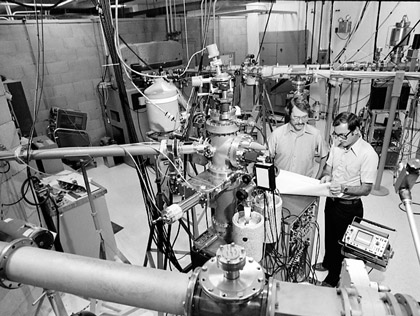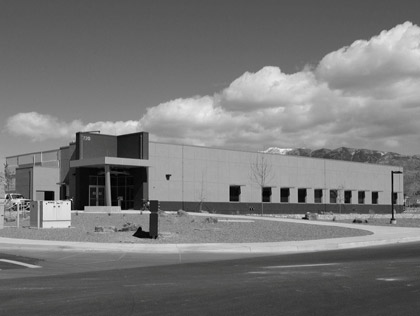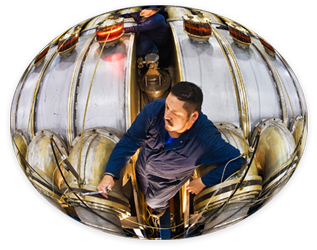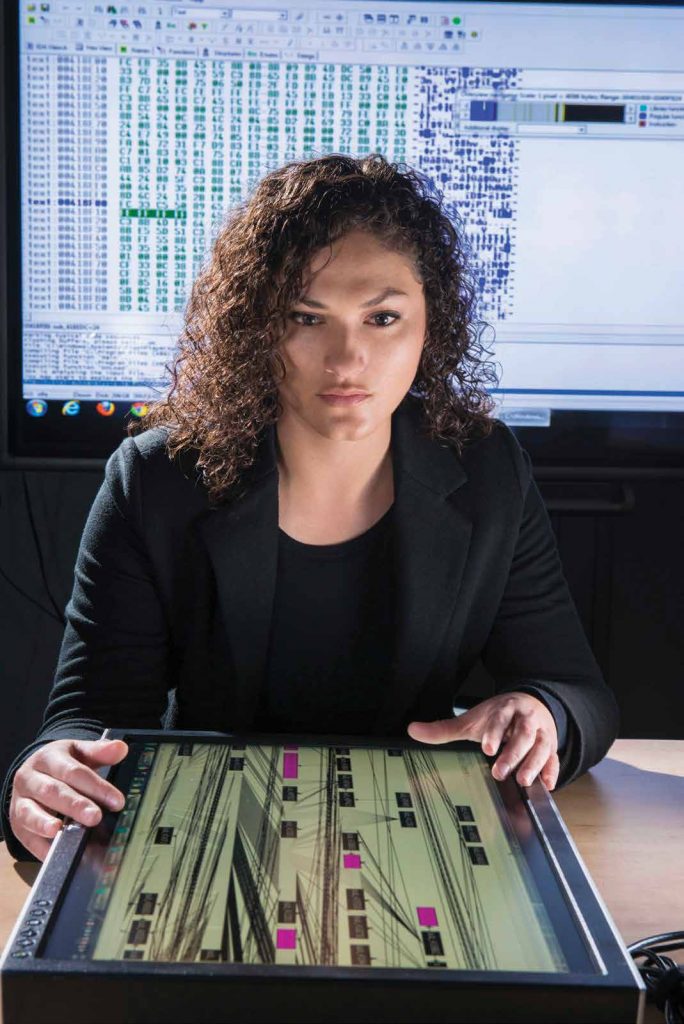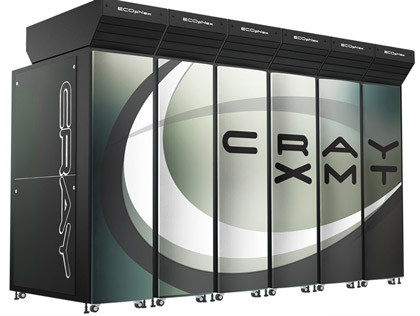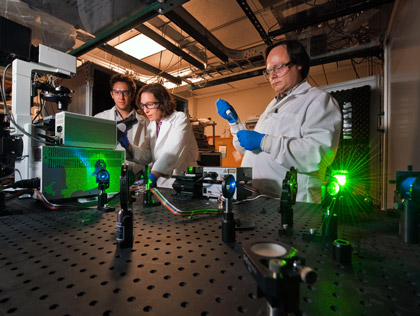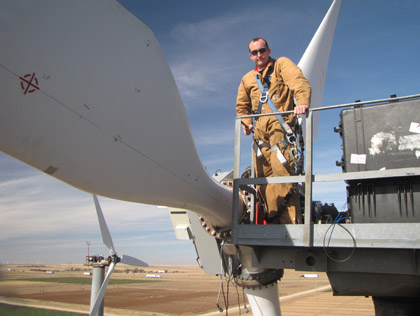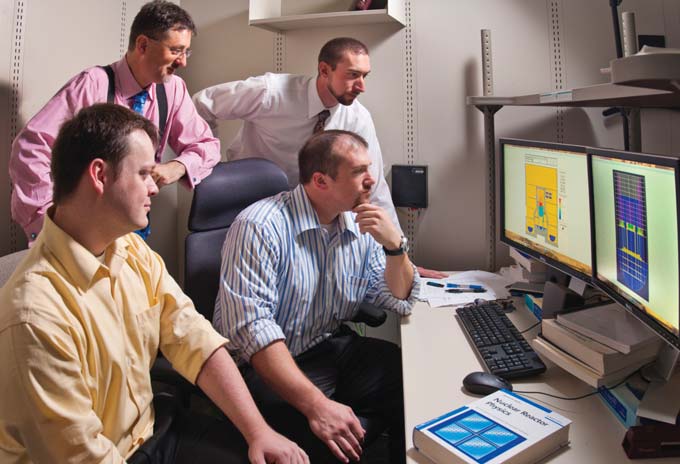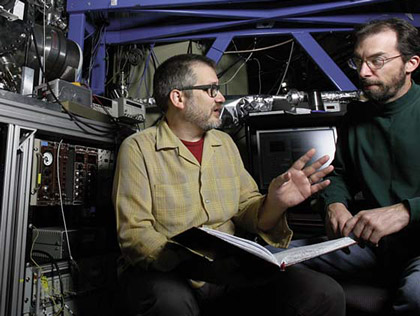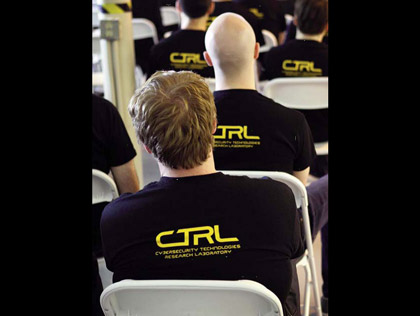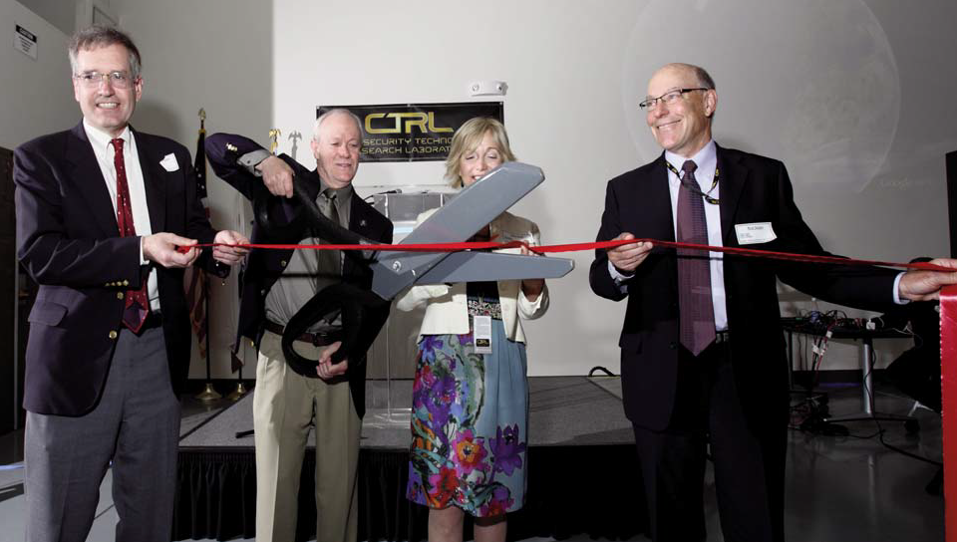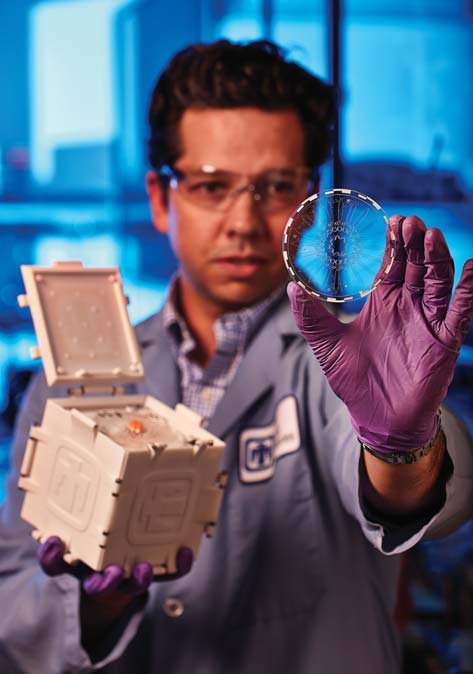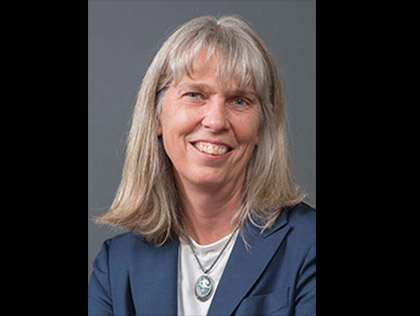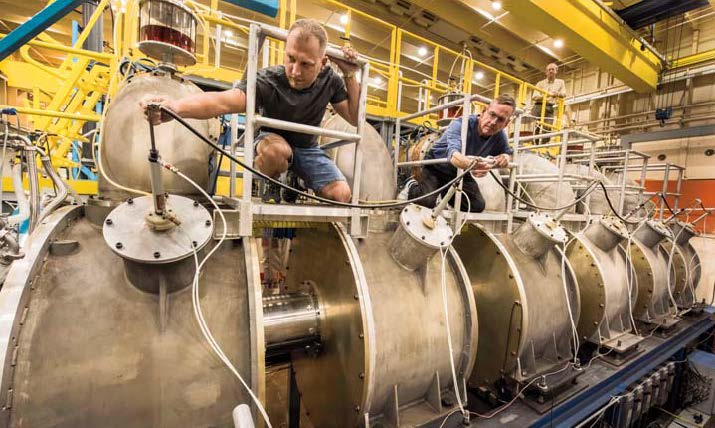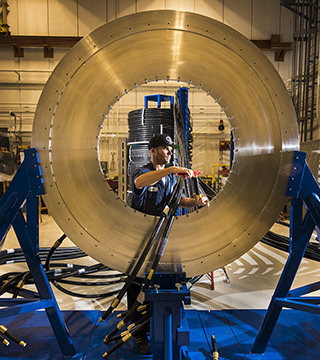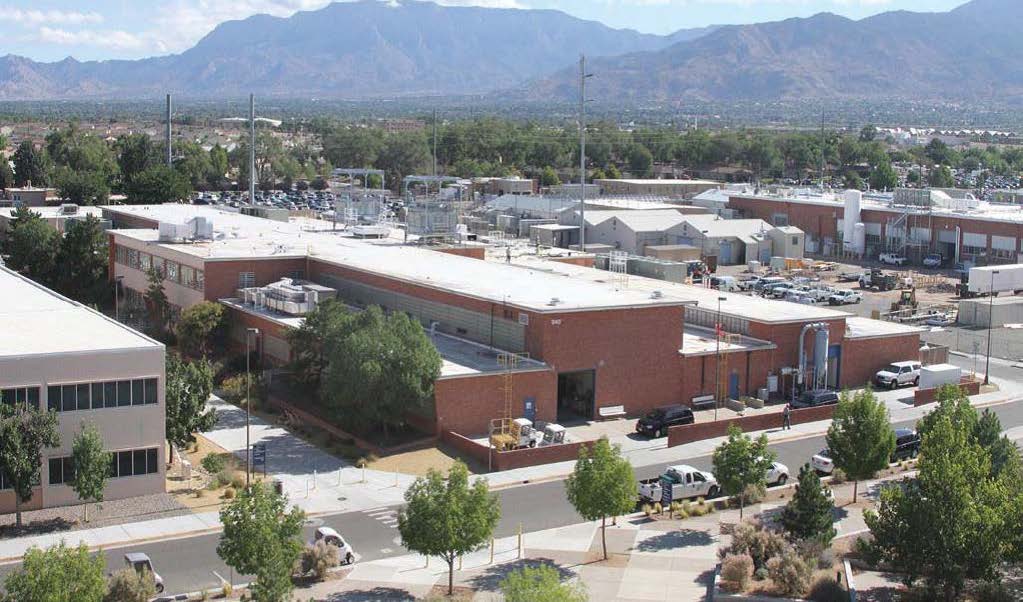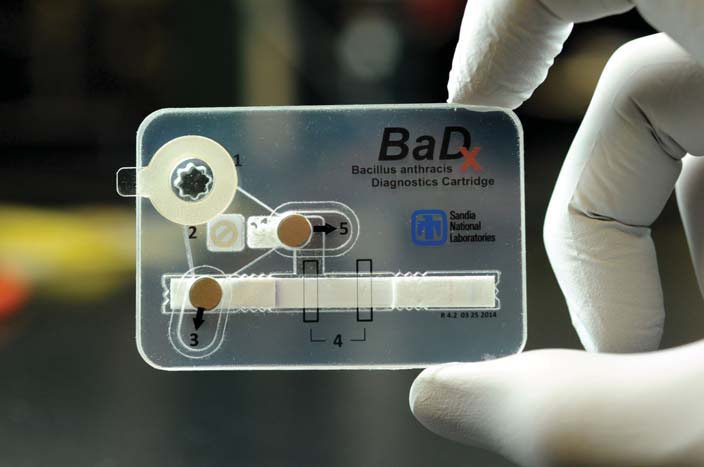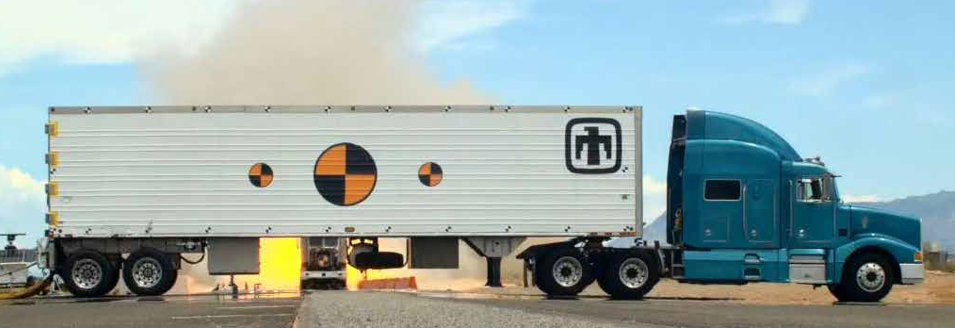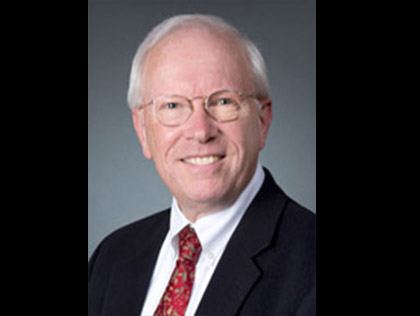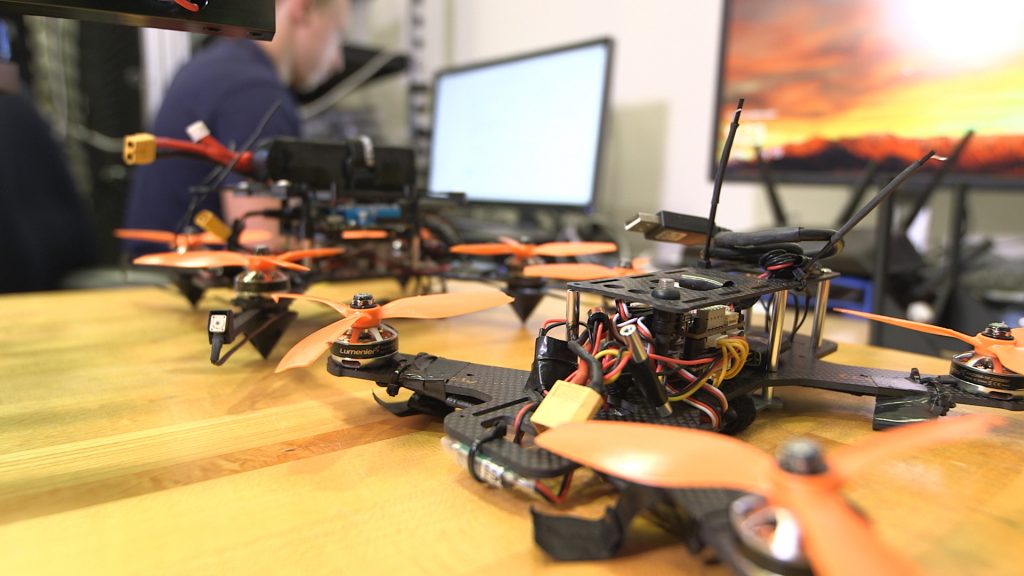2010
May 1, 2010
Consulting on oil leak in the Gulf
At Secretary of Energy Steven Chu’s request, representatives from Sandia, Lawrence Livermore National Laboratory, and Los Alamos National Laboratory reported to BP’s crisis center. The laboratories supported BP in stopping the flow of oil from the Macondo Well following the accident on April 20, which destroyed the Deepwater Horizon rig. In addition to technical support, Sandia acted as facilitator and integrator for the team’s interactions with BP and the government.
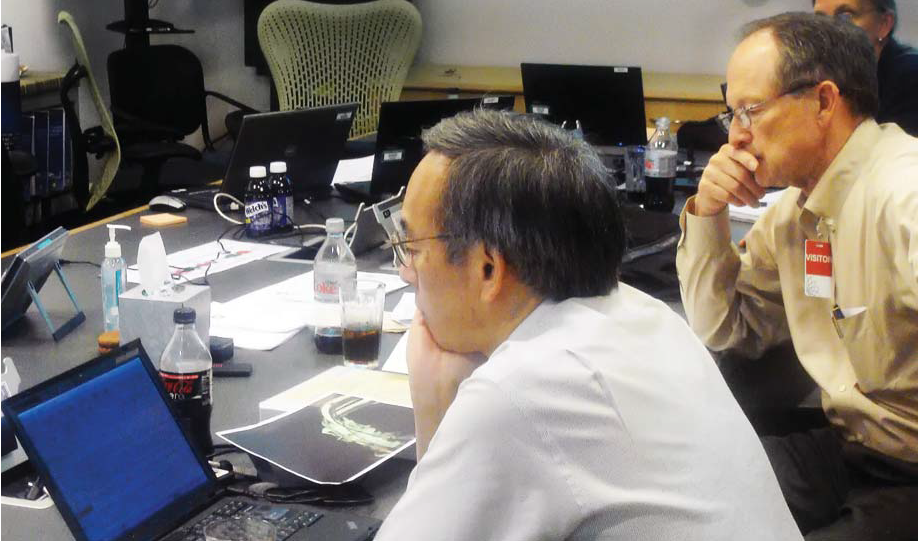

July 9, 2010
Paul Hommert became Sandia Corporation President & Sandia Director
Focus on Sandia’s strategic direction has been central to Paul Hommert’s tenure as president and Laboratories director. As a result, five carefully thought out strategic objectives permeate all facets of our decision-making process. With the objectives in mind and in partnership with his leadership team, Dr. Hommert has steered a steady course for Sandia and, gradually, has brought about growth at a time of unprecedented turbulence and shifting programmatic dynamics. Indeed, a significant expansion in nuclear weapons work, driven by the effort to modernize the nation’s stockpile, has been a strong incentive for a new generation of talented scientists and engineers to start their careers at Sandia and serve the nation. And during this period of changing national-security imperatives, Sandia has continued to broaden its role in matters of national security.
August 23, 2010
Ion Beam Laboratory opened to extend Sandia’s materials analysis capability
